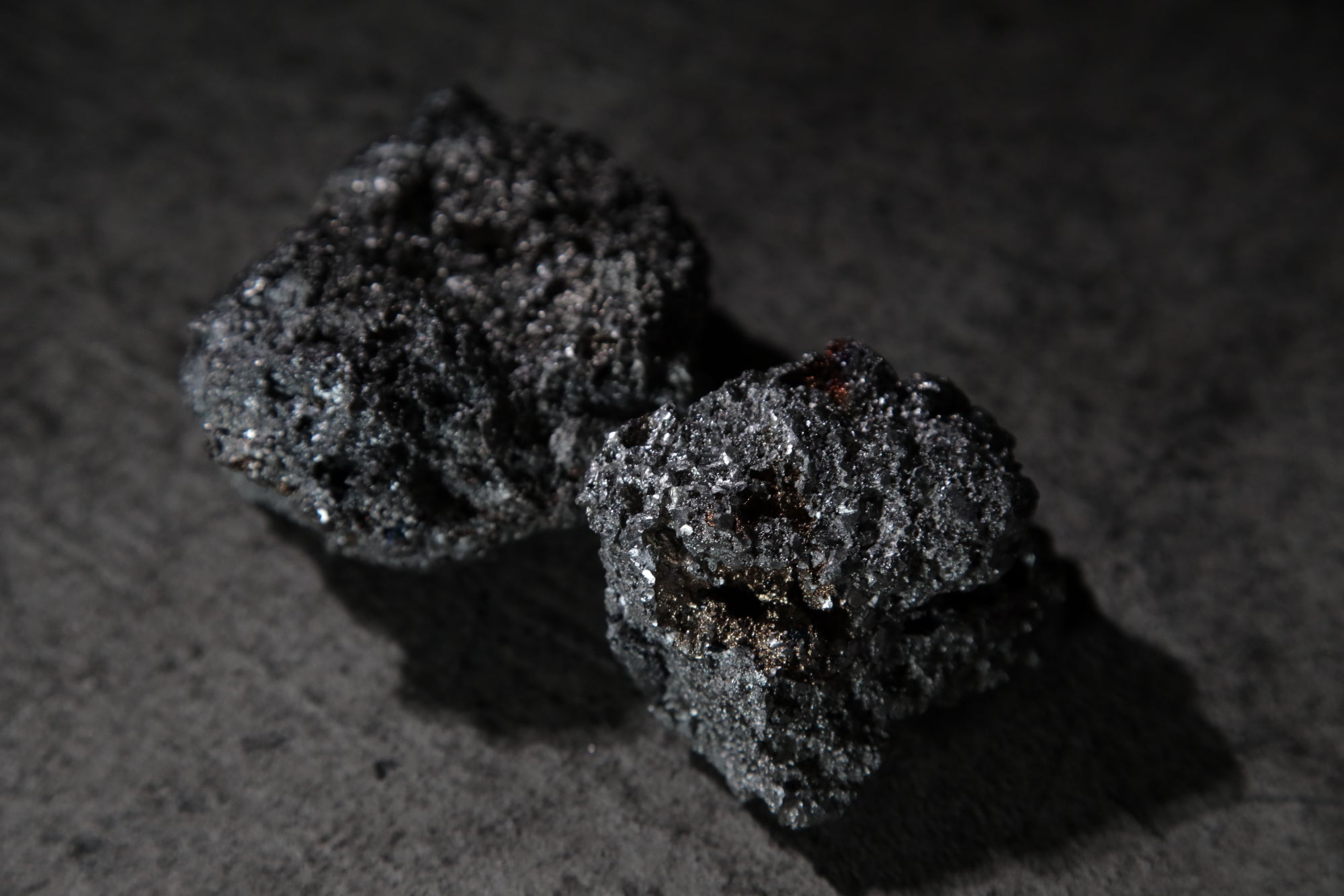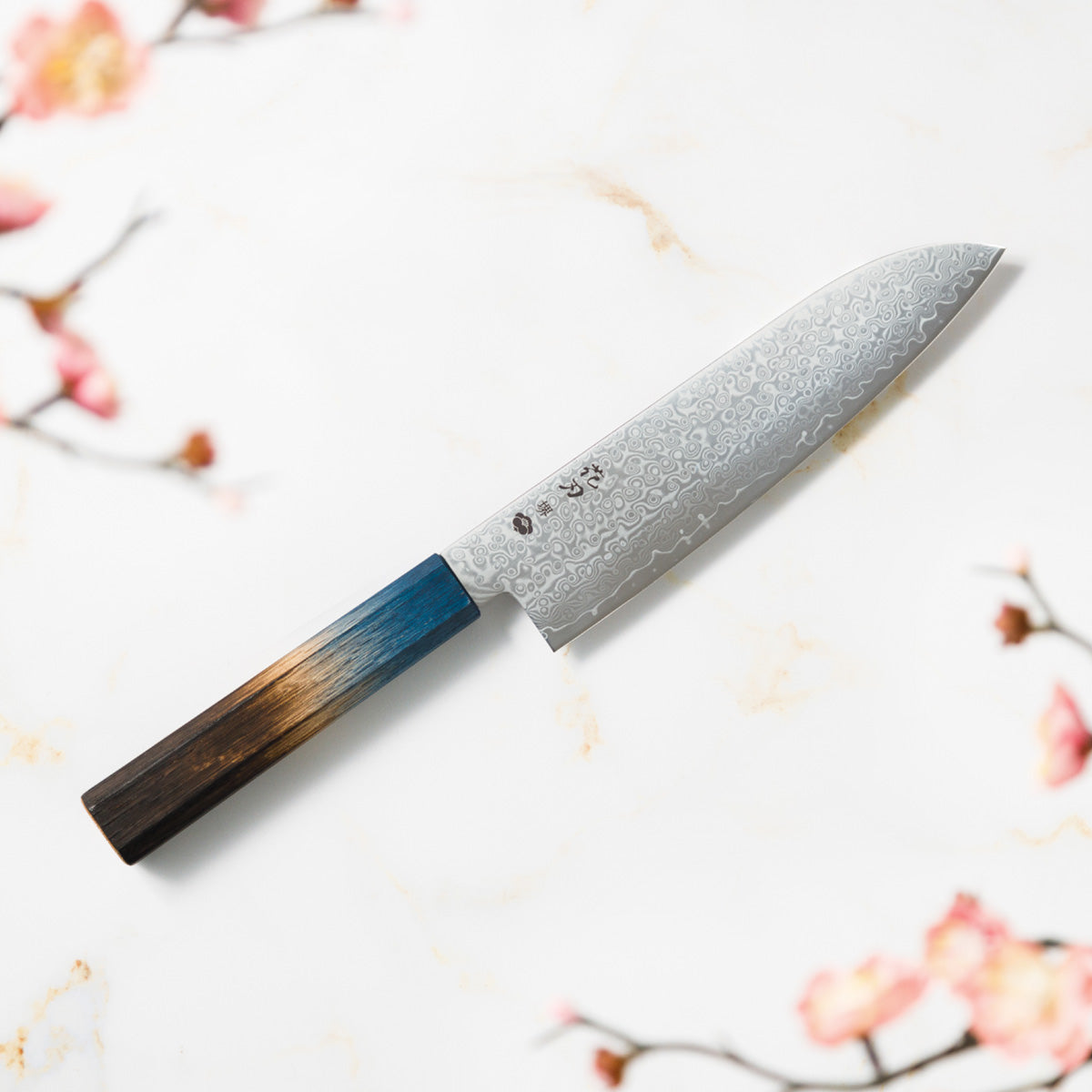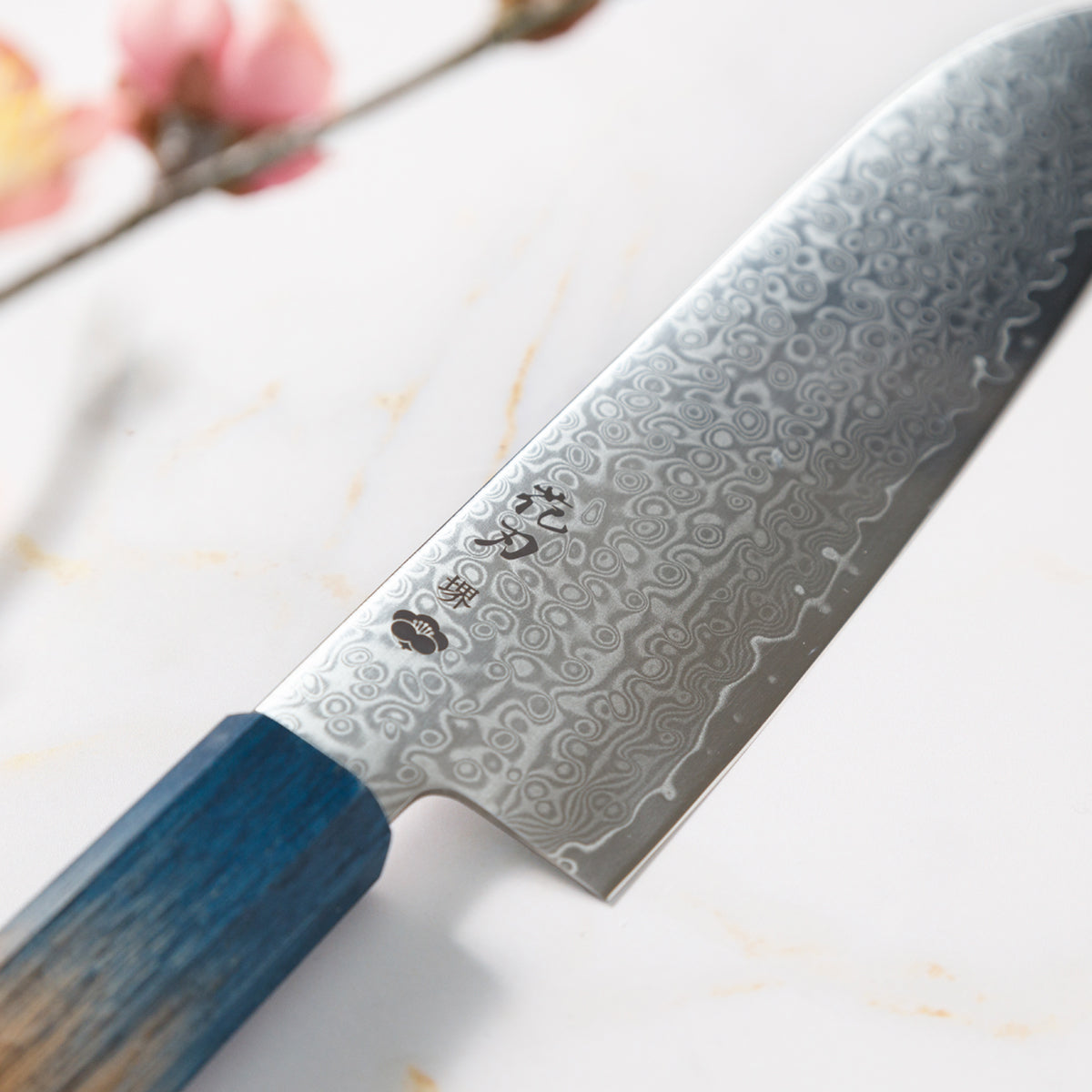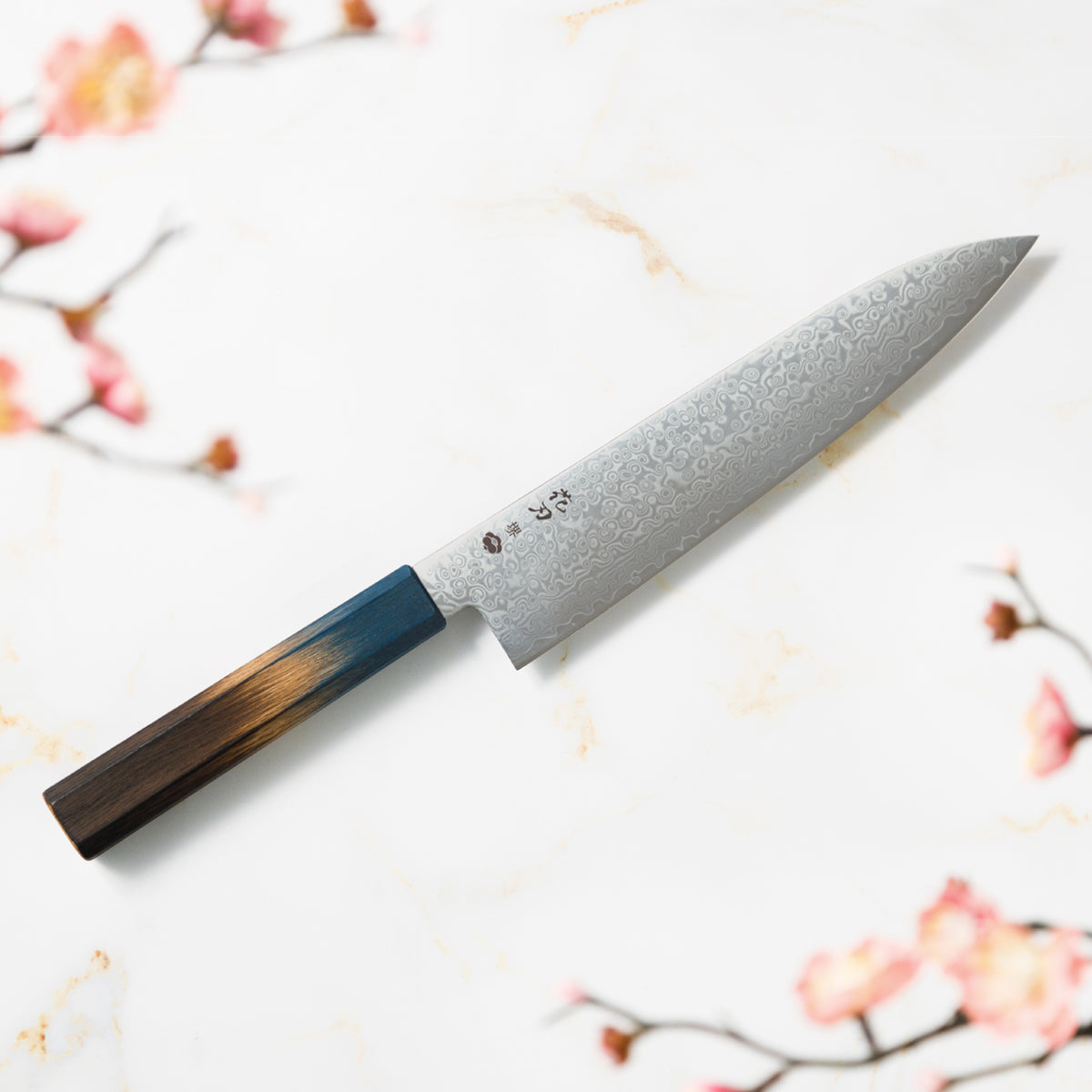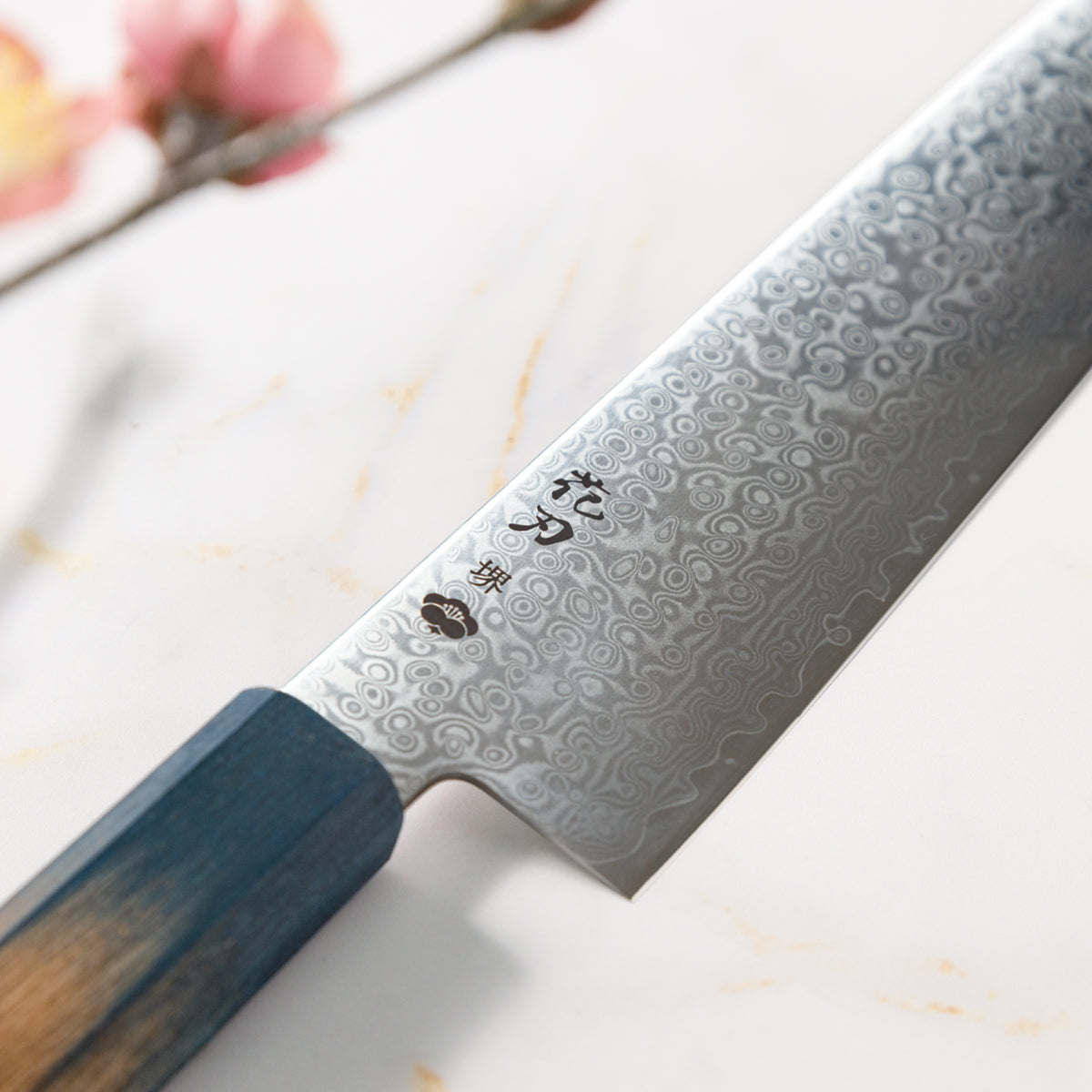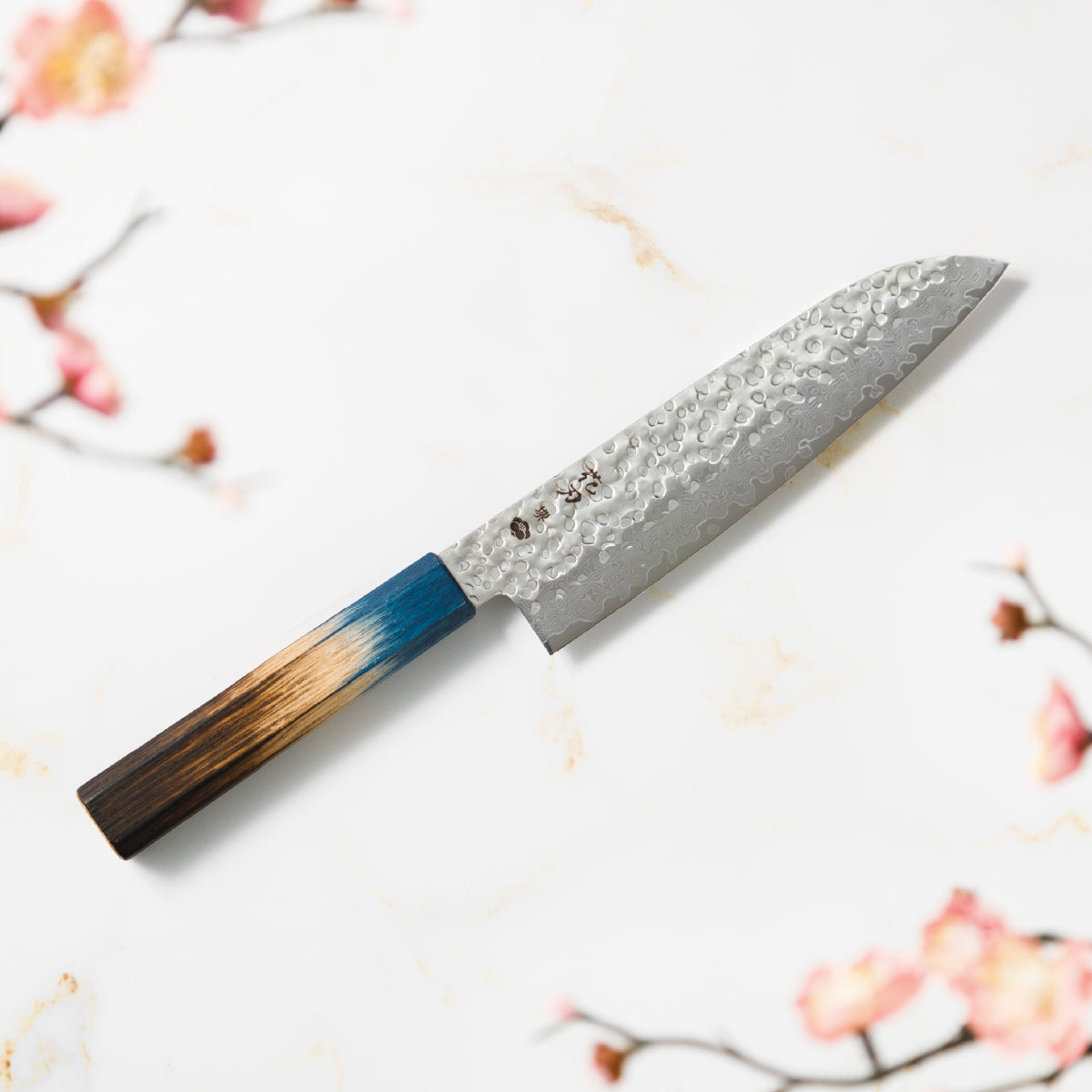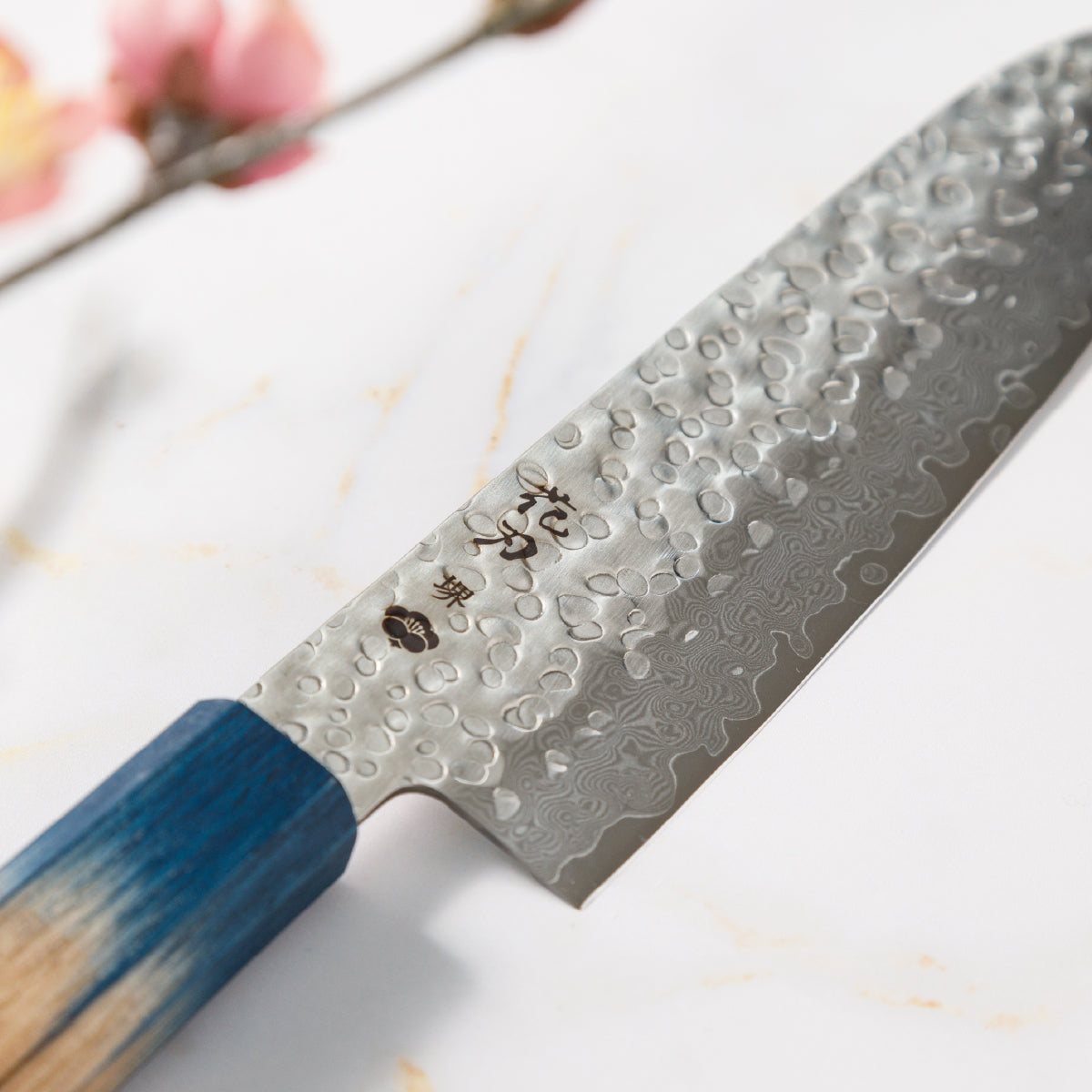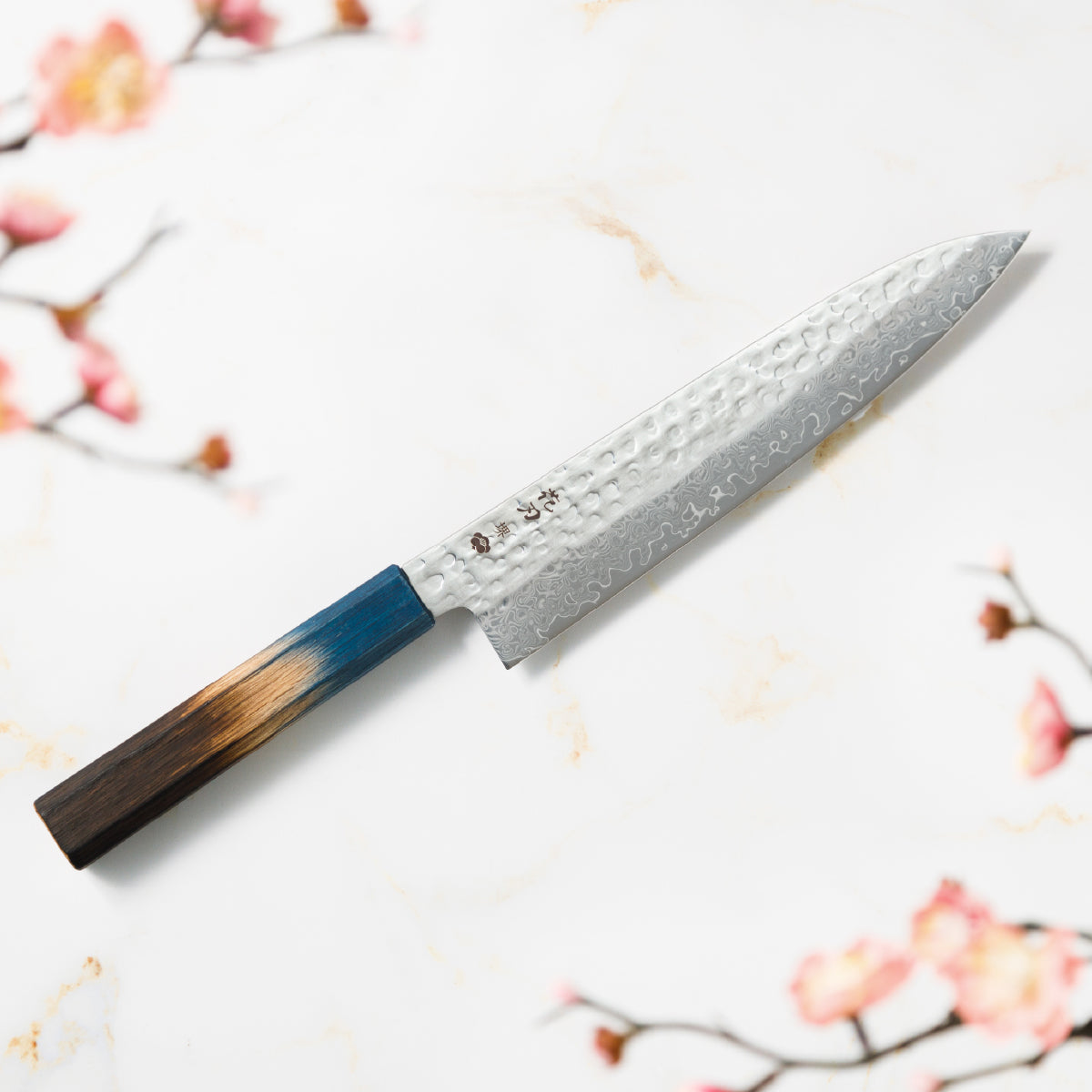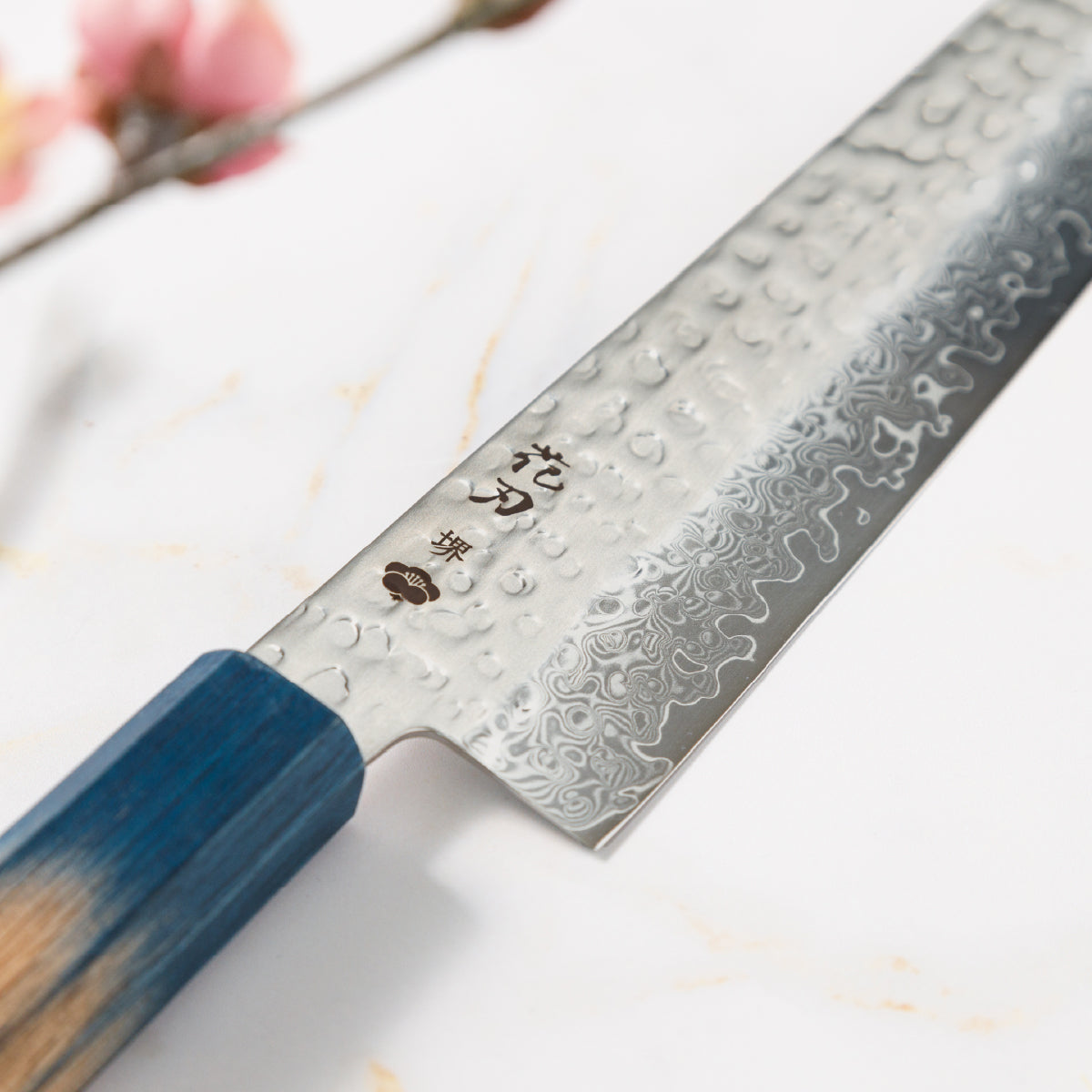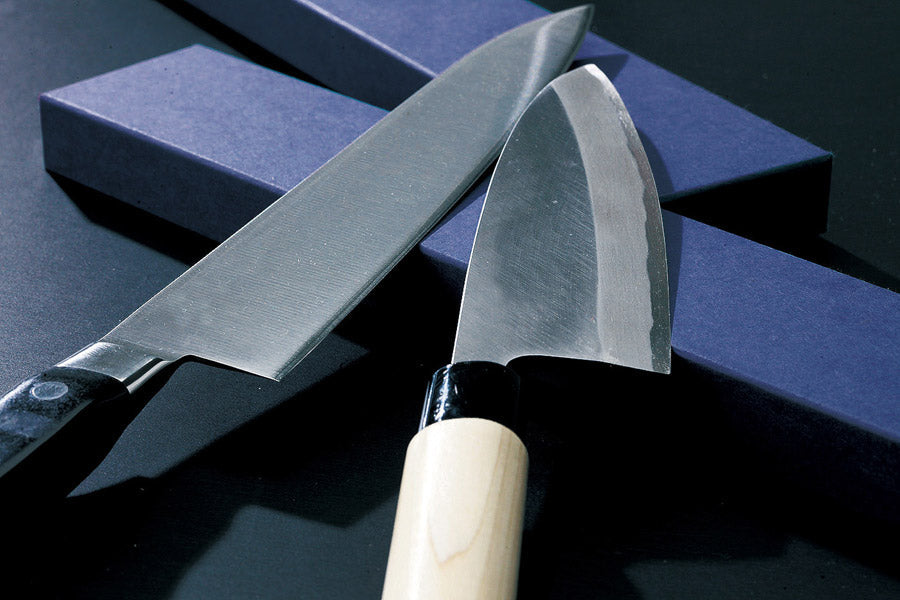
Knife Production Around Japan: Exploring the Master Craftsmanship of Sakai, Seki, and Sanjo
Japan’s Knife-Making Legacy
Japan’s reputation for precision cutlery isn’t just a recent trend—it’s rooted deeply in history, centered around three remarkable production hubs: Sakai in Osaka, Seki in Gifu, and Sanjo in Niigata. Each region has been honing its knife-making craft since the 15th century, preserving unique traditions passed down through countless generations. What’s truly fascinating is how these places have developed distinct styles and specializations that make modern Japanese knives so exceptional. Whether you’re a professional chef or simply someone who appreciates fine craftsmanship, you’ll find the perfect Japanese knife from these storied regions.
Sakai City (Osaka Prefecture) — Where Single-Bevel Knives are Crafted with Care

Sakai’s long history as a center for knife making began back in the 15th century, when local blacksmiths forged tools to cut tobacco and other everyday goods. Over the centuries, this practical craft blossomed into an art form deeply respected by professional kitchens across Japan. Today, Sakai is famous for its single-bevel knives, which are prized for their razor-sharp precision, remarkable durability, and the finesse they bring to every cut.
If you’ve ever wondered what makes Japanese cuisine so visually stunning, Sakai knives hold the secret. The Deba knife, thick and sturdy, is perfect for cutting through fish bones while still being delicate enough for filleting. Meanwhile, the Yanagiba’s long, slender blade is designed for slicing sashimi in one flawless stroke—ideal for anyone serious about sushi or sashimi preparation. The artisans here continue to use time-honored forging and sharpening techniques, making each blade a true piece of living tradition.
Sanjo City (Niigata Prefecture) — The Home of Double-Bevel Blades

Further north in Niigata Prefecture lies Sanjo, another heavyweight in Japan’s knife-making world. Unlike Sakai’s single-bevel focus, Sanjo is celebrated for its double-bevel knives, which are known for their practicality and versatility in both home and professional kitchens. The city’s knife-making heritage dates back to the Edo period, when farmers forged tools during the off-season, blending utility with craftsmanship—a spirit that lives on in today’s blades.
Sanjo knives offer a balance of sharpness and resilience that make them favorites for everyday use. The Gyuto knife, with its thin blade and curved shape, is perfect for those who prefer a smooth rocking motion when chopping. The Santoku, popular in many households, excels at chopping and dicing, and its wider blade is handy for scooping ingredients from the board. Nearby Tsubame City also plays a key role, contributing expert stainless steel metalworking that helps keep Sanjo knives durable and sharp. Together, these cities represent the perfect blend of tradition and modern innovation in Japanese cutlery.
Seki City (Gifu Prefecture) — Legendary Seki Knives: Tradition Meets Technology

Seki is often called the birthplace of Japanese blade-making, with a legacy stretching back over 800 years. Once a center for sword production during Japan’s feudal era, Seki’s swordsmiths perfected techniques that balanced sharpness, strength, and balance—traits that remain evident in their kitchen knives today. As swords gave way to knives, these centuries-old methods evolved to meet the needs of modern cooks.
Today, Seki produces a wide variety of blades, ranging from traditional Japanese styles to Western-inspired knives. They’re known for their consistent quality, adaptability, and clean designs. Thanks to a combination of traditional craftsmanship and advanced materials like AUS-10 stainless steel, Seki knives offer sharpness and durability without demanding the constant maintenance that carbon steel blades require.
Which Region and Knife is Right for You?
Choosing a Japanese knife isn’t just about the shape of the blade — it’s also about the philosophy and craftsmanship behind it. Each of Japan’s major knife-making regions brings its own strengths to the table, so thinking about how you cook and what you value most in a knife can help you decide.
For Precision and Traditional Japanese Cuisine
If your cooking style involves precision and delicate handling—think professional chefs or those who love traditional Japanese cuisine—Sakai knives are hard to beat. Their razor-sharp single-bevel edges make them ideal for sashimi, sushi, and expertly filleting fish. The Yanagiba, with its long, graceful blade, slices sashimi-grade fish in one clean stroke, while the heavy Deba handles bones without sacrificing finesse. These knives are quintessential tools for authentic Japanese culinary tasks.
For Versatility and Everyday Use
For those seeking versatility and strength that suits both home kitchens and professional settings, Sanjo’s double-bevel knives stand out. They’re forgiving to sharpen and use, perfect for everyday cooking while maintaining excellent edge retention. The Gyuto serves as a versatile multipurpose knife with its thin blade designed for a smooth rocking cut. The Santoku shines at chopping, dicing, and scooping, making it a favorite for home cooks.
For Balanced Performance and Low Maintenance
If you want a balance between tradition and modern convenience, Seki knives offer a broad range of styles—from classic Japanese to Western designs—that fit all-around kitchen use. Thanks to advanced materials like AUS-10 stainless steel, they provide sharp, durable performance with less upkeep than carbon steel. Seki knives are a great fit for those who appreciate craftsmanship but want ease of use and care.
Final Thoughts
With so many knife styles and regions to choose from, it’s natural to feel unsure about which one suits you best. Remember, no matter your choice, a quality Japanese knife handcrafted by a skilled artisan is more than just a tool — it’s a treasure that transcends utility. Taking that leap puts you on the path to owning a timeless heirloom that can be cherished for generations.
No matter your cooking style, there’s a Japanese knife — and a region — that’s the perfect match for you.
- - - - -
Check out our catalogue of high-quality Japanese knives here to find the perfect fit for your kitchen.


